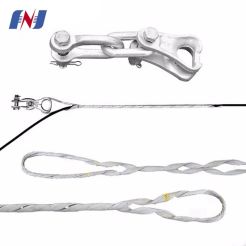closed circuit cooling towers
Product Description
https://www.auvc.com/products/closed-circuit-cooling-tower/
Closed Circuit Cooling Tower
Closed circuit cooling tower (also known as an evaporative air cooler or closed cooling tower) is the tubular heat exchanger placed in the tower, through the circulation of air, spray water and circulating water heat exchange to ensure the cooling effect.
AUVC not only provides different shapes of cooling towers used in industries, such as round shape cooling towers and square cooling towers, but also offers closed cooling towers and open circuit cooling towers as well. The type of closed circuit cooling tower is widely used in iron and steel metallurgy, power electronics, machining, air conditioning system and other industries.
How do closed circuit cooling towers work?
Closed-circuit cooling towers make it possible to separate the evaporative circuit from the process circuit (customer circuit). A stainless-steel plate heat exchanger attached to the cooling tower, in its dedicated room, allows a glycol-free operation, and a simplified and unequalled ease of maintenance.
The closed circuit cooling tower works as follows
On the process side to be cooled (customer loop), the water to be cooled enters a plate heat exchanger connected to the tower and is cooled and discharged. The primary loop is closed and never comes into contact with air.
On the secondary side of the cooling tower, the water is sucked out of the pool by a pump and circulated through a stainless steel plate heat exchanger. The water leaving the exchanger is piped to the top of the unit. This water is graded and evenly dispersed over the exchange surfaces by dispersers (also known as water distribution nozzles). Air driven by fans (axial or centrifugal) enters from the lower part of the cooling tower, is heated and saturated with water and exits from the upper part, passing between the exchange surfaces.
Under the effect of the surface tension of the filler ladder, the water spreads uniformly and flows away over the entire height of the tower. The exchange surface is thus increased.
The water cooled by forced ventilation falls freely into an inclined pool located at the bottom of the unit.







